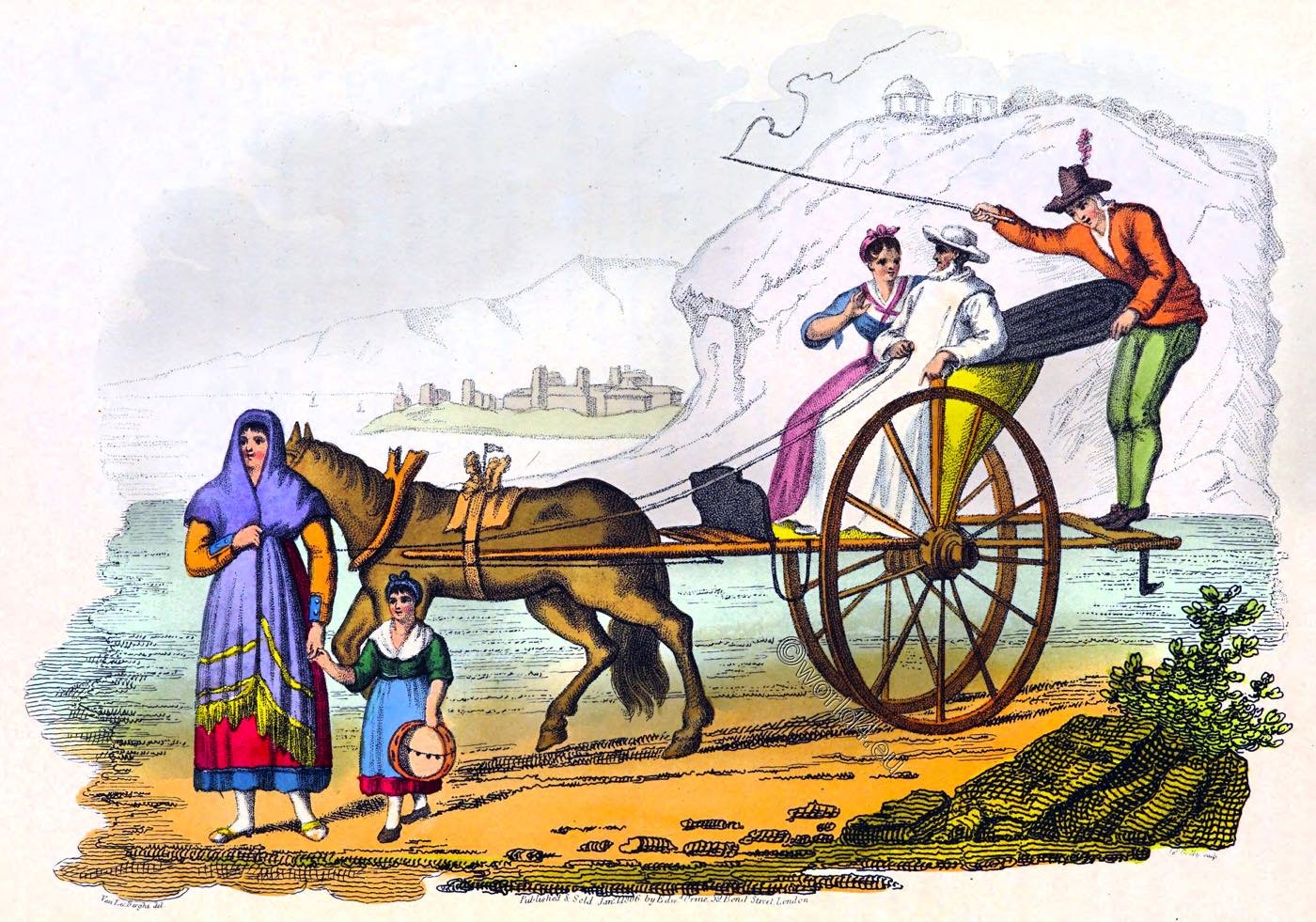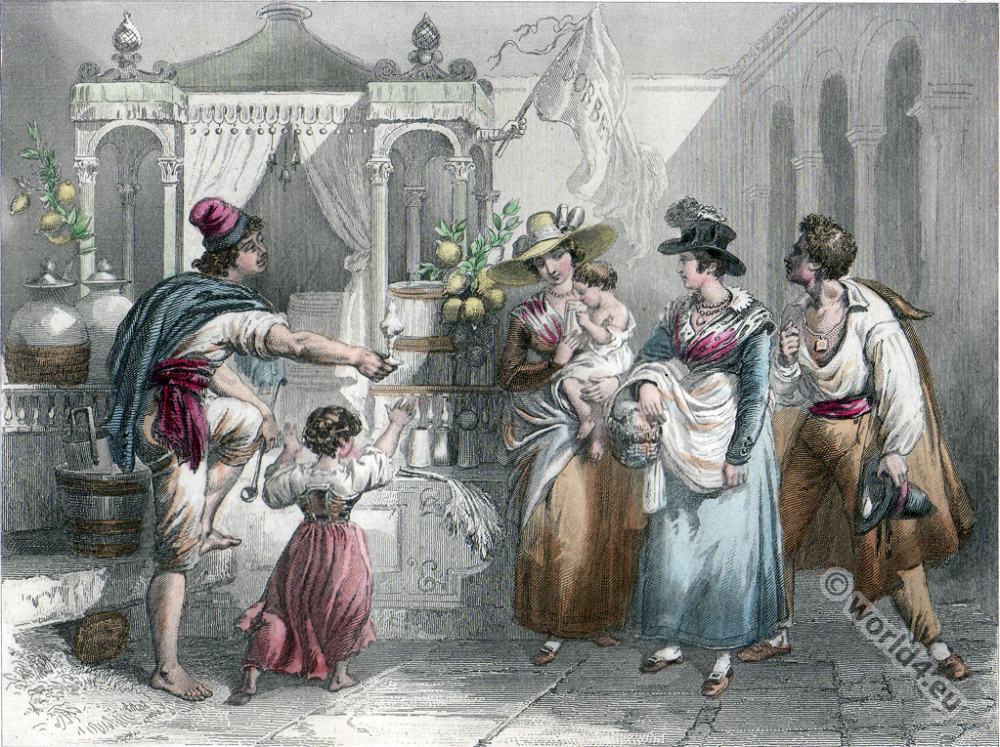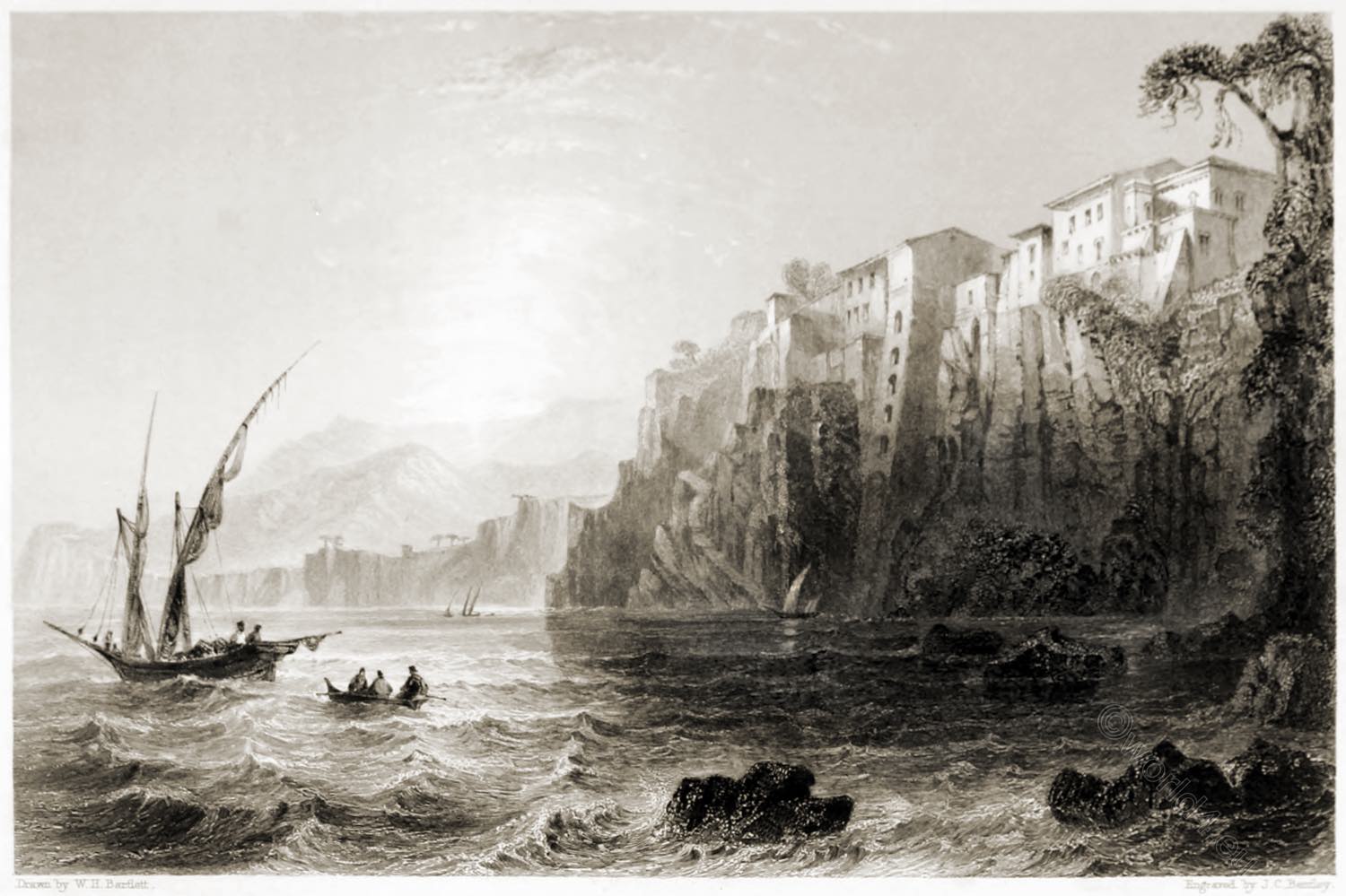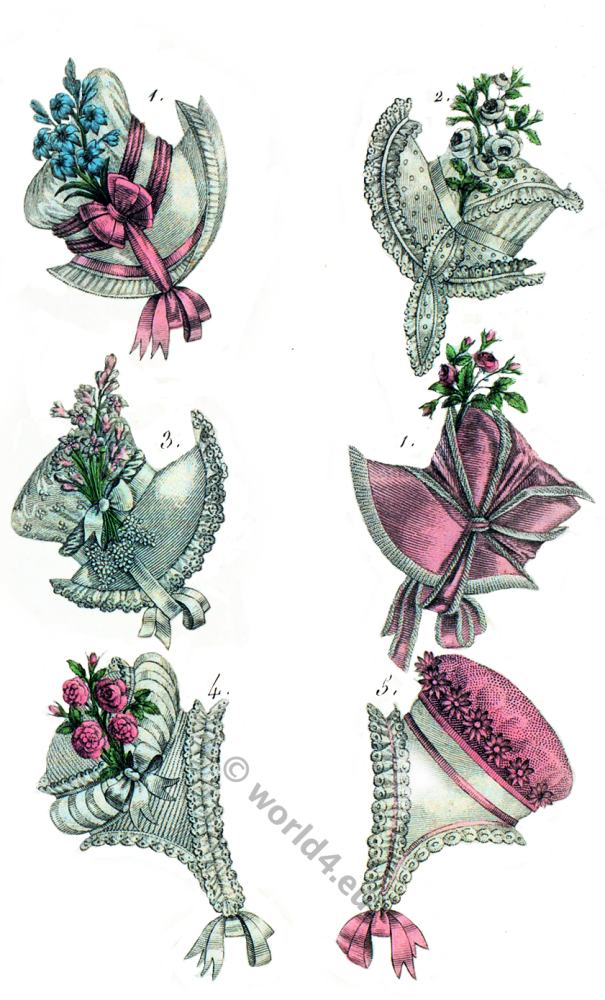
A CALESSINO, OR HACKNEY-CHAISE.
Hackney coaches in a town are certain evidences both of it’s extent, and of the industry of it’s inhabitants. The mere object of taking an airing would by no means employ any thing like the number of hackney coaches we see in London. It must be allowed, that a distant visit will sometimes oblige us to make use of a coach; but commerce rather than pleasure multiplies and supports this kind of conveyance.
Of all the cities in Italy there is no one, the buildings of which extend to so great a distance as those of Naples; and the Neapolitans are the busiest people among the Italians. They must then have felt the necessity of a quick communication from one place to another more than any other people of Italy: the latter of whom, indeed, either on account of the smallness or form of their towns, or from the inactivity of their inhabitants, are not in absolute want of such conveyance. Milan is a large town, but it is almost square. Naples is oblong, and hence the necessity of the calessino, or hired carriage, as represented in this plate.
As Naples is one of the best climates on earth, the calessino is generally without a covering, and calculated to carry two persons. The driver gives the reins to one of the persons within, who however makes no use of them. The coachman, standing behind, manages the horse by the application of his whip, but much more by his voice. He very seldom, and always against his will, gives the whole direction of the carriage to his passengers; as from the confusion of the principal streets, and the carriages going with great velocity, it would be extremely dangerous. When Bond Street is most crowded with carriages, it is nowise tobe compared to the Toledo at Naples.
The calessino is more or less ornamented, gilt, or adorned with basso relievoes in wood, according to the circumstances of the owner. On the back of the horse are some bells fastened to the harness, little flags, and other ornaments, depending on the fancy of the proprietor.
The landscape in the plate represents a view between Naples and Pozzuolo, which is the usual ride for pleasure with the calessino. The woman who is crossing the road wears a shawl of silk, embroidered and bordered with fringe; which is generally the custom in the southern parts of Italy. The little girl has a tambourine, upon which the women of the country play very well, and which, with the exception of castanets, is the only instrument generally used at their dances.
Source: Italian scenery; representing the manners, customs, and amusements of the different states of Italy by James Godby. London 1806.
Related
Discover more from World4 Costume Culture History
Subscribe to get the latest posts sent to your email.






